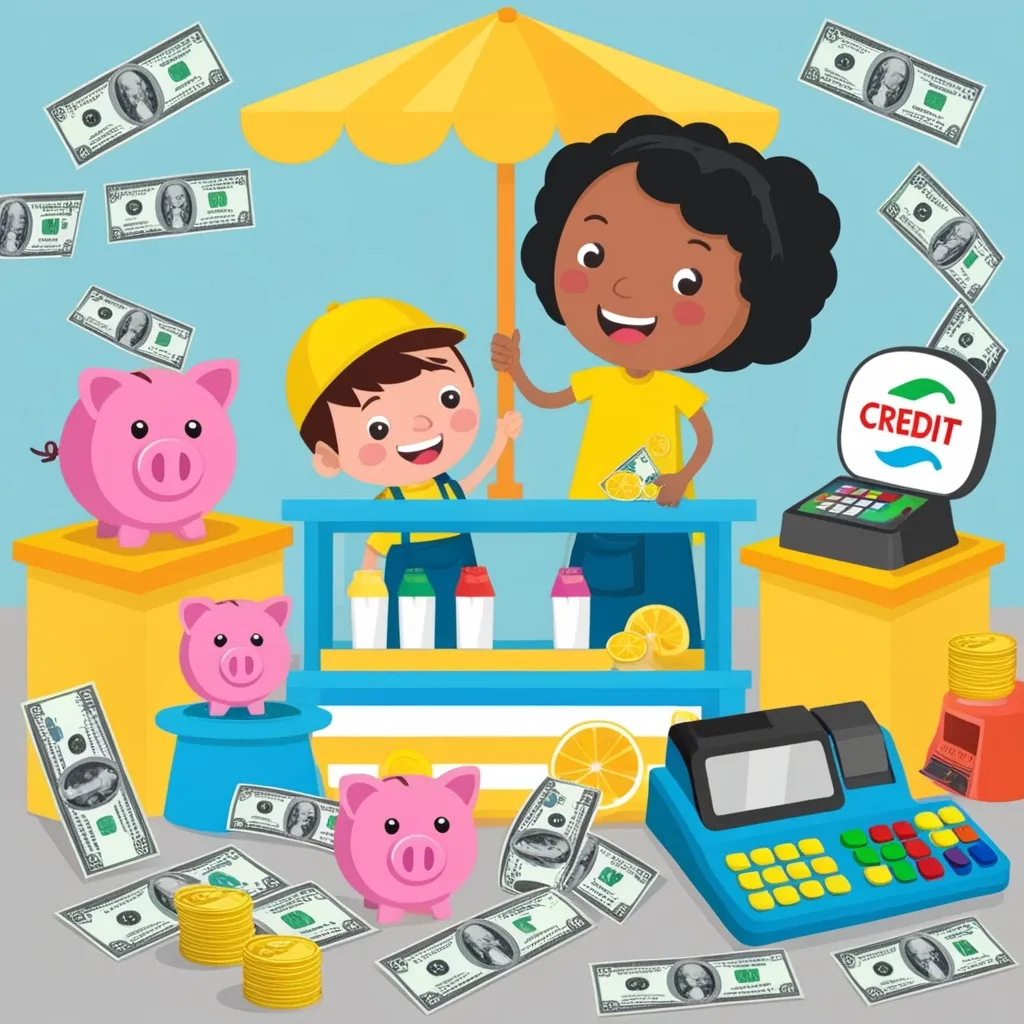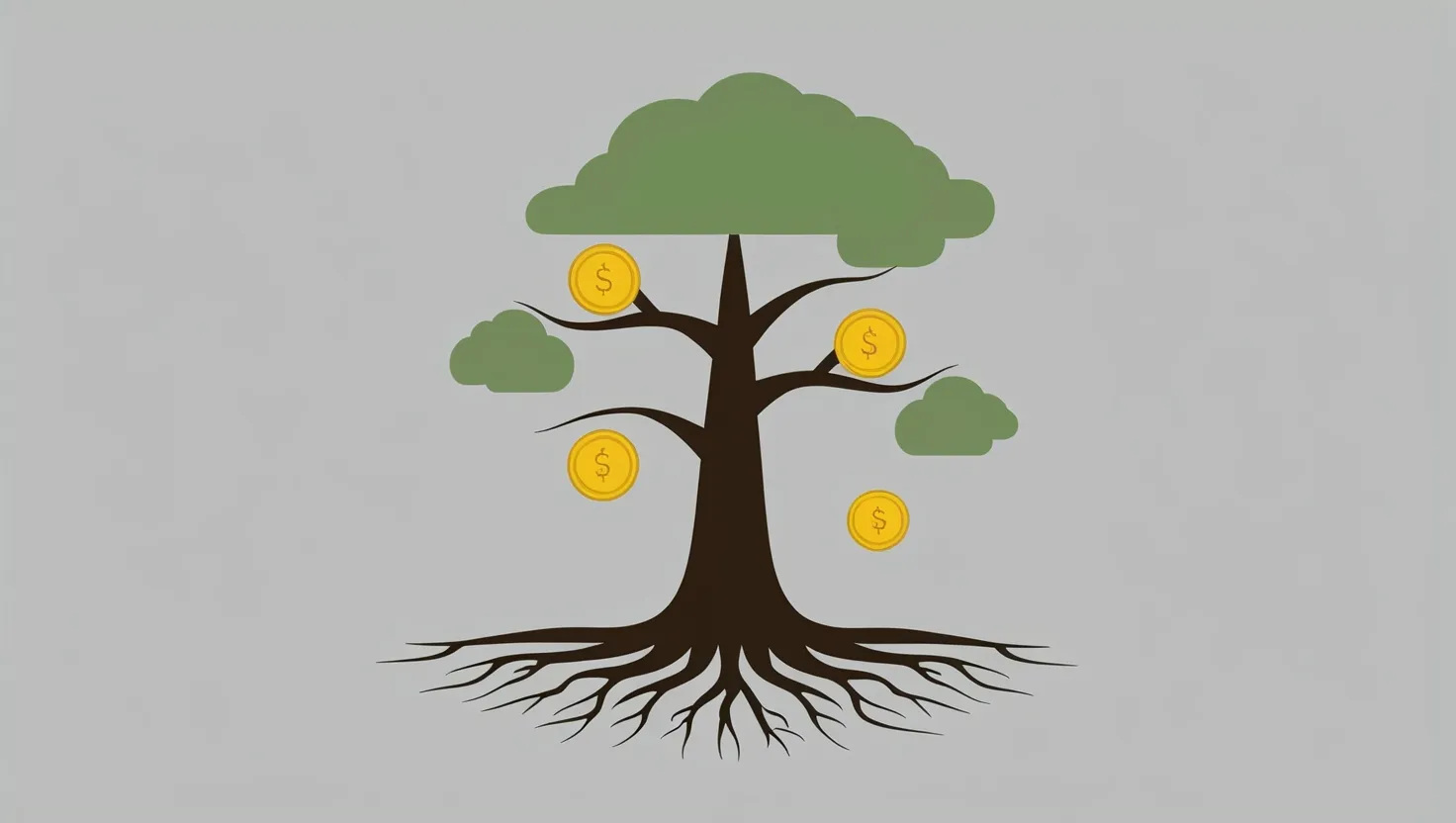Teaching kids about money is one of life’s most valuable lessons. Getting them off to a financially savvy start sets the stage for independence and cultivates healthy habits from an early age. Here’s how this important journey can start.
First off, you’ve got to get the ball rolling early. Kids soak up lessons like sponges, and the earlier money lessons start, the better they’ll stick. The next time you swipe that credit card or pay a bill, break it down for them. Explain how using a credit card means a bill to pay later, and touch on the concept of interest. This makes them realize money isn’t just about the immediate moment but has lasting implications.
Assigning chores is a classic but super effective method to teach kids the value of money. With every dish they wash or floor they sweep, they learn that money doesn’t come easy. It’s sweat, time, and effort. Handing over a couple of bucks for chores done well introduces them to the idea of earning and saving. And, it subtly instills the notion that hard work pays off.
Introducing a bank account is an exciting milestone. It’s like a rite of passage into the world of grown-up financial stuff. Opening an account is not just about stashing cash but understanding deposits, savings, and withdrawals. It’s a tangible way to show them that money isn’t just bits and digits on a screen but holds real, everyday value.
Next comes budgeting, a cornerstone of financial literacy. Kids need to grasp what a budget is – basically a game plan for where the money goes. Start simple. Plan a family outing or save up for something they want. Let them see the division between needs like snacks and wants like the latest toy. This categorizing helps them understand prioritizing spending early on.
Getting a grip on key financial terms is pretty crucial. Let’s talk savings, investing, debt, budget, taxes, and credit. Break them down easily. Explain savings as money put aside for a goal, like a new bike. Investing means putting money into something that can grow, like shares or savings accounts. Debt’s the amount you owe someone else, and taxes are what we pay for public services. Keeping it simple helps demystify these concepts.
Real-life examples and games make learning engaging and fun. Got a spare afternoon? Play Monopoly or The Game of Life. These classics simulate financial decisions, making kids think about budgeting, investing, and the consequences of their choices. Today’s tech world offers apps like Zogo and Biz Kid$ for interactive money lessons. They can make money management concepts click through play.
Talking about money means touching on avoiding scams and building credit, critical aspects of financial literacy. Explain scams in simple terms – people tricking others out of money. Discuss how to build credit, which can help them in the future for things like loans. It’s about protection and preparation.
Setting a good example is invaluable. Kids watch everything their parents do. If you’re managing money wisely, you’re naturally passing those good habits on. Keep conversations about money balanced; avoid showing stress or reckless spending. This helps shape their sensible spending habits.
Encouraging entrepreneurship can be fun and educational. Think lemonade stands or other little ventures. It’s a practical hands-on way to show them earning money, managing costs, and dealing with customers. This builds a foundation of hard work, creativity, and a good work ethic.
As kids grow, they’ll face peer pressure. Brands and trends can be tempting. Teach them to value their abilities and inner qualities over material things. When they come asking for the latest gadget, explain your decision-making process. This teaches them financial decisions align with family values, not just trends.
Using educational resources is a great support. Apps like Zogo and podcasts like Million Bazillion are fabulous tools. Websites such as Khan Academy and Practical Money Skills offer heaps of lessons and activities they can learn at their own pace.
Involving the family in financial discussions is awesome for learning. Include them in budgeting talks or planning future expenses. It makes them feel part of the decision-making process and teaches teamwork. Celebrating financial milestones is like giving them a little high-five for their efforts. Whether it’s saving a certain amount or making a sensible purchase decision, positive reinforcement always motivates.
Overall, teaching kids about money is a journey. It takes time, creativity, and patience. Starting early, incorporating real-life examples, and making learning enjoyable are key to ingraining good financial habits. These habits will shape their future and prepare them for the financial responsibilities ahead. So, go ahead and start that conversation – it’s never too early to raise financially aware kids!






